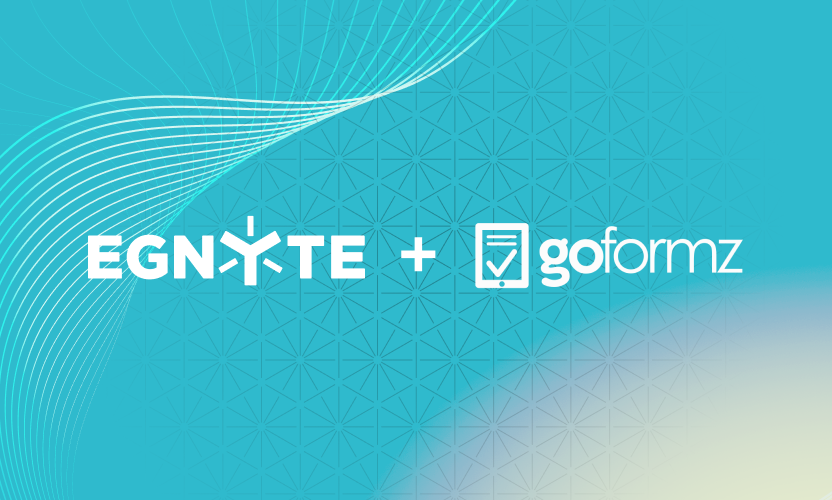
How to Use Egnyte to Protect Against Insider Threats
Vigilant companies continuously review risks and their cybersecurity postures. They deploy active defense-in-depth measures and utilize the latest malware detection and mitigation techniques.
However, there is one type of vulnerability that tends to fall through the cracks—insider threats. That’s because IT organizations often believe it’s management’s problem to address, while managers believe IT groups have insider threats under control. That is, until an attack actually occurs.
Understand What You’re Up Against
Insider threats are far more common than you might realize. In fact, Techjury reports that:
- Businesses in the U.S. encounter about 2,500 internal security breaches daily.
- More than 34% of businesses around the globe are affected by insider threats on an annual basis.
Know the Types of Insider Threats
From a practical perspective, here’s when you’re most likely to experience the impact of an insider threat:
- Employee turnover. When employees resign and take company information with them to their new job. That data could include customer lists, contracts, or work samples, such as code they wrote or designs they created.
- Basic negligence. An organizational user may inadvertently expose highly confidential information to other users on an internal server, or on a public-facing repository like an Amazon S3 bucket. That's referred to as a data spill. Larger companies and governments have very strict policies around such events, in order to contain potential damage.
When a user knowingly wants to take information, they must figure out how to extract it—a process cybersecurity experts refer to as exfiltration.Typically, the person will copy or download lots of files at once, or, in the case of disgruntled employees, they may delete important files in an attempt to sabotage your company.
See How Egnyte Helps Manage Insider Threats
With Egnyte, you can manage insider threats easily and effectively.
For example, you can use group and role-based policies to limit access to only those folders and files an employee needs to do their job—a crucial first step in defending against insider threats. There is no reason someone in the engineering department should have access to detailed payroll reports. Conversely, no one in the finance departments needs access to roadmapped product designs.
Egnyte also uses machine learning to understand employee behavior over time and sends an alert when any employee accesses a higher volume of files than normal.
This video demonstration shows how to use Egnyte to detect and mitigate internal threats in your organization. Watch and share now.





